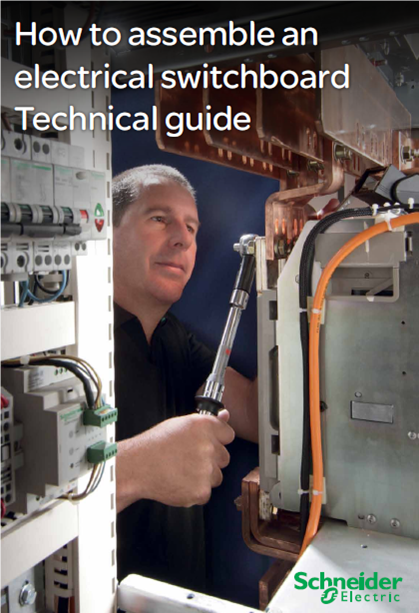NEMA
National Electrical Manufacturers’ Association
2101 L Street Northwest, Washington, DC 20037
NEMA Standards Publication No. 250
Enclosures for Electrical Equipment (1000 Volts Maximum)
NEMA Standards Publication No. ICS6
Enclosures for Industrial Controls and Systems
UL
Underwriters' Laboratories Inc.
333 Pfingsten Road, Northbrook, Il 60062
UL 50 Cabinets and Boxes
UL 508 Industrial Control Equipment
UL 870 Wireway, Auxiliary Gutter, and Associated fittings.
CSA
Canadian Standards Association
178 Rexdale Boulevard, Rexdale, Toronto, Ontario Canada
M9W 1R3
CSA Standard C22.2, No. 14 Industrial Control Equipment
for Use in Ordinary (Non-Hazardous) Locations
CSA Standard C22.2, No. 40 Cutout, Junction,
and Pull Boxes
CSA Standard C22.2, No. 94-M91 Special Purpose
Enclosures
JIC
Joint Industry Counsel
7901 Westpark Drive, McLean, VA 22101
EMP-1 Electrical Standards for Mass Production Equipment
EGP-1 Electrical Standards for General Purpose
Machine Tools
IEC
International Electrotechnical Commission
3 Rue de Varemb, CH-1211
Geneva 20, Switzerland
IEC 529 Classification of Degrees of Protection
Provided by Enclosures
ANSI
American National Standards Institute
1430 Broadway
New York, NY 10018
ANSI Z55.1-1967 Gray Finishes for Industrial
Apparatus and Equipment
EEMAC
Electrical/Electronic Manufacturers Association of Canada
10 Carlson Court
Suite 500
Rexdale (Toronto), Ontario Canada M9W 6L2
TUV
TUV Rheinland
Glenview, IL
Newtown, CT
San Ramon, CA
VDE
Institute of German Electronics Engineers
Merianstrasse 28
D-6050 Offenbach, Germany
EIA
Electronic Industries Association
2001 Eye Street Northwest
Washington, DC 20006
EIA RS-310-D Racks, Panels, and Associated Equipment
NFPA
National Fire Protection Association
Batterymarch Park
Quincy, MA 02269
NFPA 70 National Electrical Code
More Info :
http://www.galco.com




















